1 Jan 2014
0 CommentsIce Storms Highlight Canada’s Obsolete Infrastructure
As we enter 2014, well into the 21st Century, one lesson for me from the year just past was that Canada seems to be hobbled with 19th century infrastructure. Let me explain.
During 2013, my home in Ontario was subject to not one, but two, different ice storms – in April and December. Both brought down large chunks of trees and both caused multi-day electrical power outages. In decades, this is the first time I can recall losing power for more than 1 day. To have this occur twice, with a combined 8 days of power outage, in a single year is even more striking.
After the first ice storm in April, I recall discussing this with a European colleague who was surprised by the very notion of a power outage. From a European perspective, he suggested the last power outage, of any length, that he could recall was 30 years ago. This started me thinking about why the difference.
In Canada, we have always prided ourselves on being one of the world’s richest countries, with modern infrastructure. However, much of our infrastructure was built for a different time and need. Much of it is really a testament to truly inventive Victorian design. It was indeed wonderful but no longer makes sense in the 21st Century. So, why indeed do we still have most of our electrical power lines above-ground on poles, while the rest of the (rich) world generally buries them? Why do our railways still rely on switches that freeze in winter and need to be operated by workers with propane torches? Why is a city like Toronto paralyzed by a major rainstorm?
Our homes, utilities, drainage and much more was built for a world predating our current period of rapid climate change. Surprisingly there remain in this world Luddites, who bizarrely continue to deny the fact of climate change. While we still have much to learn, on-the-ground results are here for all to see.
I gained significant insight into these issues when as a Director of Gore Mutual Insurance Company, a leading property insurer, I attended an enlightening presentation by the poignantly named Institute for Catastrophic Loss Reduction (ICLR). This industry-funded organization is a world leader, collaborating globally in research and advocacy around the causes and solutions for large scale insurance losses, known in industry jargon as a Catastrophe or even a Cat.
ICLR gathers data and works with many academic researchers to increase both understanding and awareness of what causes insurance losses. The data shows that the last ten years have seen huge increases in the number of severity of large scale losses, particularly from damaging wind, water and ice events, which are all significantly driven by climate change.
For example, with increased wind events (typically tornadoes in this area of Ontario), a call for more homes to be built with windows structurally rated to withstand 200 mph wind events makes sense.
Furthermore, climate change means that rainfall in 1 hour can equal what used to occur over 24 hours or more, with flash floods ensuing. In such an environment, instead of our historic practice of getting rid of water as quickly as possible, it is better to slow it down and buffer the potential for flash flooding.
For me, the power outages are a metaphor for how we in Canadian society need to look at our infrastructure with a sense of long term vision. We really need to invest to upgrade utilities, transportation and drainage for the needs of the 21st century. This in no way takes away from the heroic efforts of Hydro workers over the holiday season. I’m simply surprised that attention has never been focused on the root cause and long term prevention.
In an era of political infighting and embarrassing city Mayors, I’m wondering where the leadership necessary to achieve this will come from?
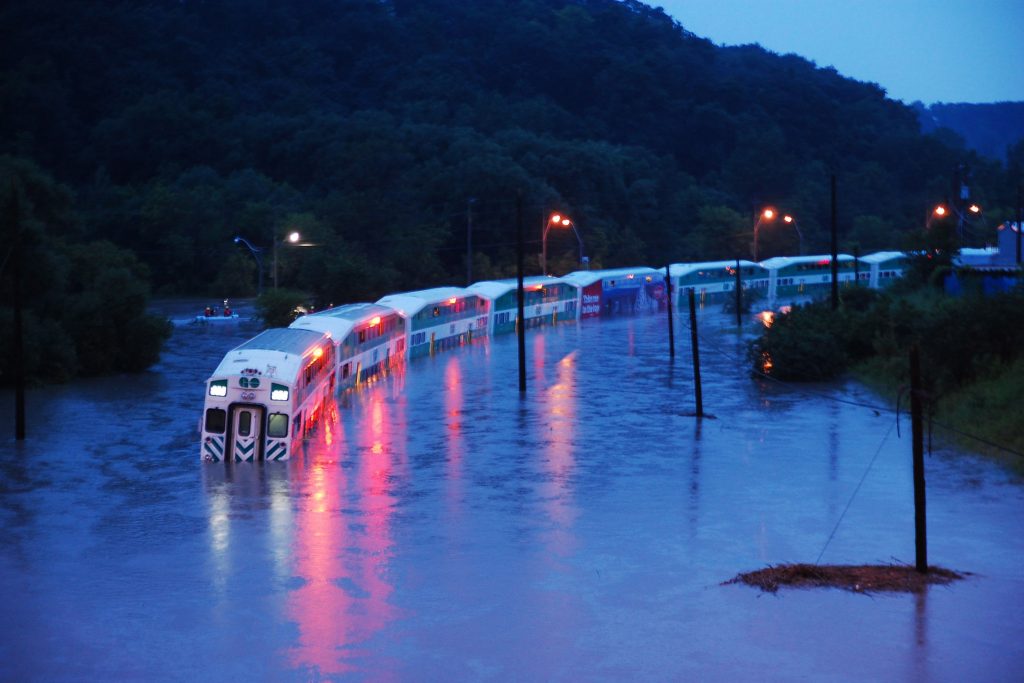 A GO Train is stranded on flooded tracks in Toronto on Monday, July 8, 2013. THE CANADIAN PRESS/
A GO Train is stranded on flooded tracks in Toronto on Monday, July 8, 2013. THE CANADIAN PRESS/
.
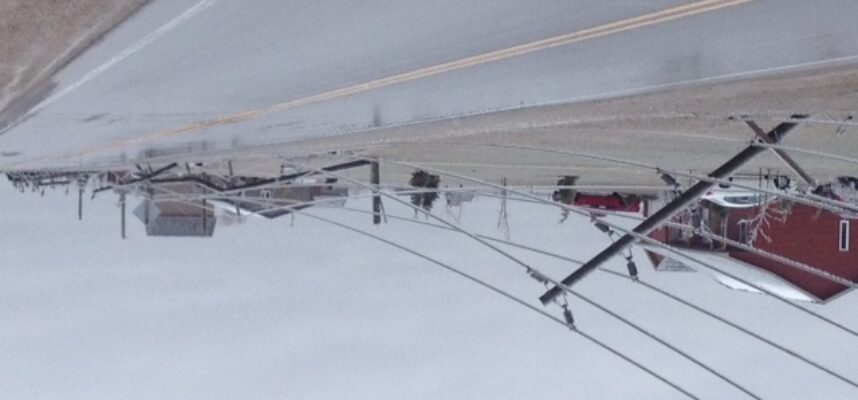

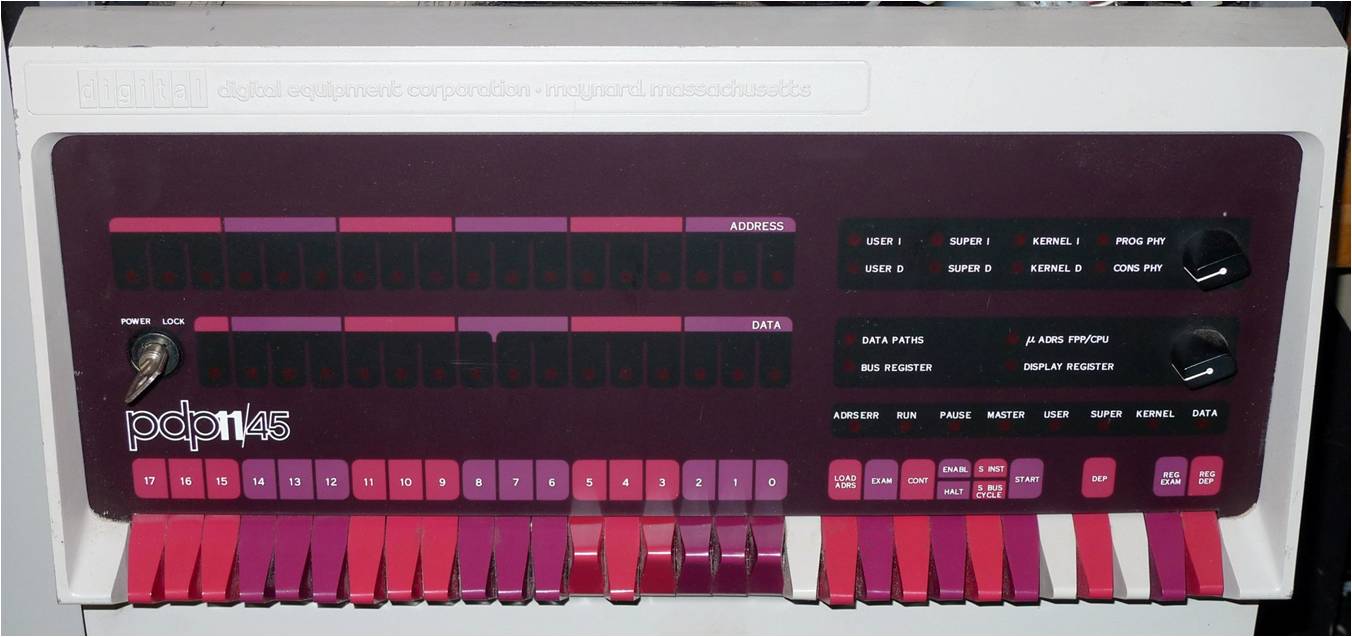 Photo Courtesy Jan Gray
Photo Courtesy Jan Gray
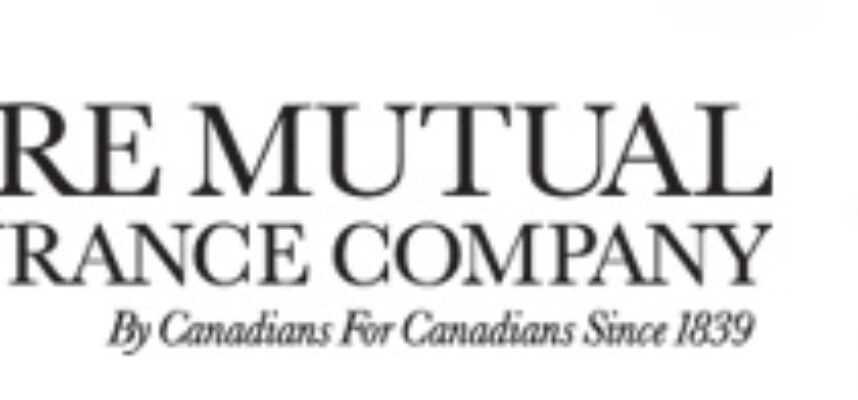


 Brad Templeton
Brad Templeton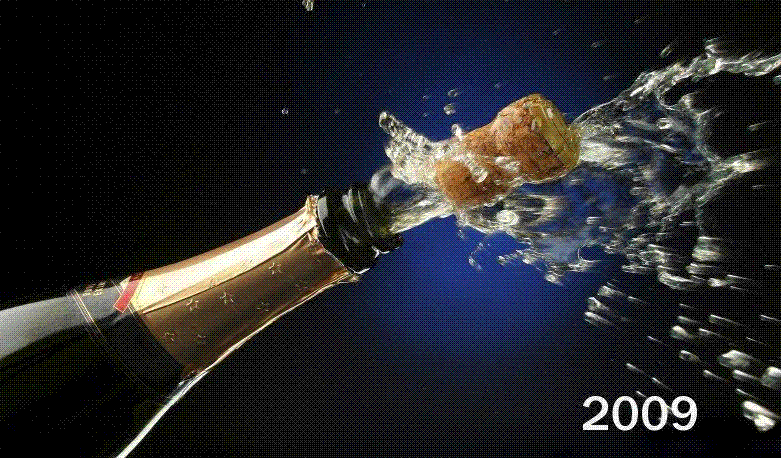
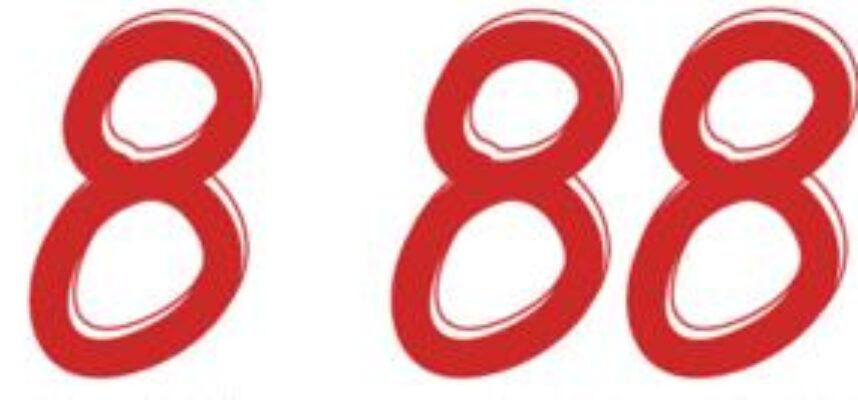
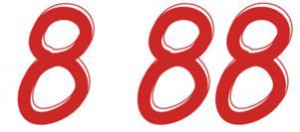 888
888











4 Jan 2015
0 CommentsThe Downside of Meeting Requests
Meeting requests are an amazing invention. Pioneered, and standardized, almost 20 years ago by companies like Microsoft (as part of Outlook/Exchange), Novell (Groupwise) and Lotus (now part of IBM Lotus Notes) this innovation had great promise to automate an essential, yet completely routine, aspect of modern life.
The ascendency of meeting request usage, also rides several trends:
Thus, enter the humble Meeting Request which has swelled in popularity. I received my first such request from an Outlook/Exchange user around 2000 and they remained rare until perhaps the last 5-10 years. Now they seem to be everywhere.
In homage to my friend and colleague, Jim Estill, the quintessential time management guru, I ought to be cheering this time saving invention.
And, yet my enthusiasm is sorely tinged by a frustrating implementation resulting in suboptimal user experience …
Top 10 Meeting Request FAILs:
Do let me know in comments if I missed any major points.
Given the power of networked computing to automate, why is there such a lack of excellence and progress in this particular area?
In fairness, I believe that part of the problem lies in the interplay between competition and the vagaries of formal industry standards. That said, this should be no excuse.
It is admirable that, unlike word processing formats, the various pioneers started to develop standards call iCalendar (and later vCalendar) around 1997 to standardize file formats (like .ical and .ics) and email server interactions. I do know the Microsoft attempted to extend the functionality with some very useful things around that time. But, for some reason, a great idea got off to a good start, but seems frozen at an almost Beta level of functionality.
To conclude, please read this post, not as a gripe, but instead as a call to action to developers to help take the humble meeting request to the next level of user experience. Any takers?